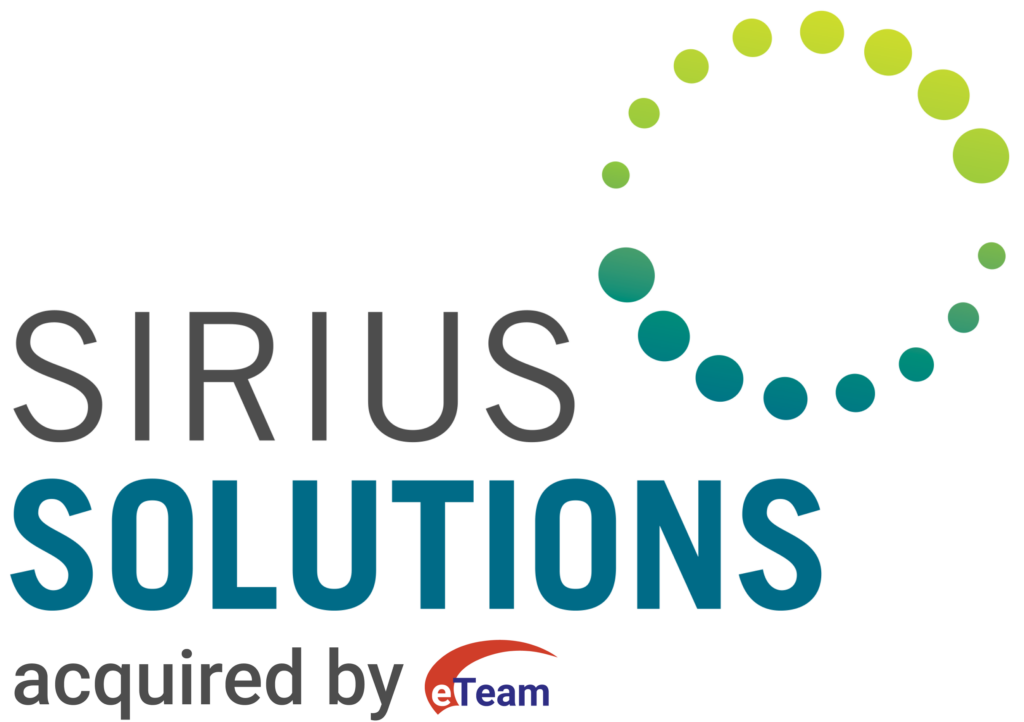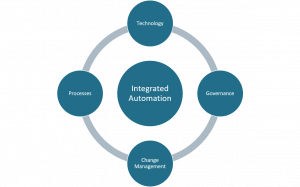How To Achieve Integrated Automation
Achieving full-scale automation or transformation is a massive undertaking for any organization. Rethinking business processes – from simple tasks to wide-scale workflows – requires that organizations overcome internal resistance, identify best technologies, and almost rebuild business processes from the ground up. This is not easy. Companies that succeed in driving automation and transformation do so by adopting best practices and processes. In previous blogs, we presented many of the technologies available to organizations. Today we’ll detail a high-level overview of how automation can be achieved.
An integrated automation model has four critical components:
- Technologies – which kind of automation technology should be deployed
- Processes – how automation is developed and deployed
- Governance – set policies and goals around automation
- Change Management – educate employees so that automation technologies are adopted and used every day
Getting automation and transformation right requires companies to be willing to shake things up. Real change gets uncomfortable. However, once process and governance are in place, companies who are successful in their automation journeys find value and efficiency gains as they move towards full-scale transformation.
Choose appropriate technology for the tasks. For example: Deploying RPA for manual, repetitive tasks with quick turnarounds; re-engineering process flows require BPMS and are more transformational; using no-code or low-code applications for data capture, recording, reporting, or processing; maximizing automation capabilities within different software systems.
Process is key – It is the framework that maps to the types of automation available to an organization. Everything from routine tasks, to improving the functionality of technology systems, to driving transformation. For each type of automation, there’s a matching technology and governance. The process includes people who deploy technologies, knowing how teams are set up and knowing how workflows are automated.
Governance bodies set policies and goals around automation – They define escalation paths, development and deployment standards, approval levels, segregation of duties of teams, and compliance. This body ensures that process, training, and technologies are used and deployed according to set expectations.
Automation requires new skills and learning a new way of doing things – Leaders need to showcase day-to-day automation benefits and workers need to update skills and use automation systems on a daily basis. Training, communication, and user adoption are essential for sustainability.
DOWNLOAD THIS ARTICLE
Rakhee Das, Technology & Innovation Practice Leader – Sirius Solutions, L.L.L.P.
If you would like further information about Automation, please complete the form below.

